Looking back @2016: The year that was for Indian advertising
It has been yet another roller-coaster ride for the Indian advertising industry in 2016. While demonetisation has derailed quite a few plans at the fag end of the year, overall the year hasn’t brought too many negative tidings for the advertising industry.
The year 2016 saw the Government as well as ASCI taking stringent measures against ads violating the norms. The Group of Ministers decided to penalise celebrities as well for appearing in misleading ads. ASCI, too, adopted a strict stance when it came to ads that violated the standard advertising code.
Patanjali surged ahead of other advertisers to become a major player, though some of its brands also courted controversy over the materials used or for coming out with misleading ads or hitting out at the competition in an unfair manner.
The year also saw pan masala brand Pan Bahar stirring up the market by bring on board none other than former Bond – Pierce Brosnan – to endorse the product. However, the ad and the association was a shortlived one as the ad created furore and much mirth on social media, causing Bond to beat a hasty retreat.
Among the several people movements during the year, perhaps the most talked about was R Balki bidding adieu to the world of advertising and turning his full attention to feature film making.
A look back
The year 2016 started with the news of All India Radio (AIR) appointing ‘releaseMyAd’ as a virtual agency to let advertisers book ads for all of AIR’s stations online in February. Indian Railways picked Ernst & Young (EY) as a consultant to discover its advertising potential, which was in line with the Railway Budget proposal of increasing non-fare earnings to over Rs 5,000 crore ($741.2 million) in five years. The same month saw Swati Bhattacharya quitting Dentsu India to take charge of FCB Ulka's creative team.
In May, Lindsay Pattison, Global Chief Executive at media buying agency Maxus, issued a statement in media that India will be the fastest growing advertising market this calendar year, with total ad spend rising 15 per cent. According to Pattison, the big growth driver would be e-commerce, followed by telecom, including the rollout of 4G services, the automobiles sector and fast moving consumer goods.
A month later, in June, Leo Burnett India announced the merger of PublicisiStrat with Indigo Consulting. The Delhi headquartered iStrat was rebranded as Indigo iStrat and continues to operate out of Delhi. Rediffusion Y&R was in news for its alliance with new entity, The Social Street. Medulla communications created history by becoming the first Indian agency to win the coveted title of ‘Healthcare Agency of the Year’ at the 2016 Pharma and Health & Wellness Lions, the winners of which were announced at the Lions Health Awards Ceremony. The agency bagged a total of seven metals, which included 2 Gold Lions, 2 Silver Lions and 3 Bronze Lions.
Then popped up the headline that shook the advertising industry. R Balakrishnan, better known as Balki, decided to say goodbye to advertising after a three decade-long career in the industry. The move was announced in August through an internal communication to the employees of MullenLowe Lintas Group, India.
Moving further, WPP’s GroupM trimmed its 2016 global ad expenditure forecast and shared its outlook for 2017. By GroupM estimates, India is on track to become the 10th advertising market with greater than $10 billion in annual investment in 2016. Talking about the market size, several media researchers claim that India’s advertising industry is expected to grow at a rate of 16.8 per cent year-on-year to Rs 51,365 crore (US$ 7.61 billion) in 2016#, buoyed by positive industry sentiment and a strong GDP growth of 7 per cent and above.India's digital advertising market has grown at a fast pace of 33 per cent annually between 2010 and 2015, while spending as a percentage of total advertising increased to 13 per cent or nearly US$ 1 billion in 2015.Print contributes a significant portion to the total advertising revenue, accounting for almost 41.2 per cent, whereas TV contributes 38.2 per cent, and digital contributes 11 per cent of the total revenue. Outdoor, Radio and Cinema make up the balance 10%.
In mid-August, MediaCom announced a few significant changes and additions to its leadership team in India. Priya Choudhury, who used to lead buying nationally, moved as the lead on the P&G business. K Srinivas Rao joined MediaCom to take over the national buying role from Choudhury. Rao moved to MediaCom from Maxus, where he used to lead trading for the north.
In September 2016, joining the list of people movement’s was Arun Raman, who returned to Grey Group India as the National Planning Head from Lowe Lintas, where he was the Executive Director. Further, Adding one more feather to his hat, Srinivasan K. Swamy, Chairman and Managing Director, RK Swamy BBDO, was unanimously elected Chairman of the Board of ASCI at the Board Meeting of The Advertising Standards Council of India (ASCI) held on September 2.
On October 7, Pan Bahar unveiled its ad featuring Pierce Brosnan as the face of the product, which broke the internet and was also a trending topic worldwide. The ad was trolled heavily on Twitter, with reactions ranging from amusement to incredulity to downright caustic. It may be recalled that the Advertising Standards Council of India (ASCI) had earlier slammed pan masala and tobacco ads that feature celebrities, calling them a violation of the self-regulation ad-code.
October also saw the BBH network announcing the launch of its new office in Delhi to strengthen the agency’s presence in India. Meanwhile, advertising veteran KV ‘Pops’ Sridhar, Chief Creative Officer, SapientNitro India, bid adieu to the organisation to launch his own venture.
Ashish Bhasin, Chairman & CEO - South Asia, Dentsu Aegis Network, was appointed as the Chairman of the Goafest Organizing Committee 2017 by the Advertising Agencies Association of India and The Advertising Club on November 7.
Omnicom Media Group-owned agency OMD entered into a partnership with Omnicom-owned DDB Mudra Group in India to consolidate its media services under the OMD brand. As per the agreement, the current media business of DDB (TV, Print, Radio, and Cinema & Digital) are now rebranded as OMD MudraMax.
J. Walter Thompson India also announced senior management changes. With Sanjeev Bhargava, Head of JWT, leaving for a career outside advertising, the opportunities opened up. Joy Chauhan took over as Head of JWT Delhi operations, KishoreTadepalli took over from Joy Chauhan as Head of JWT Bengaluru. Babita Baruah was handed the responsibility as an independent charge of JWT’s business unit - Power of One (PO1). The changes will come into effect from January 1, 2017.
Chlorophyll Co-founder Anand Halve's demise saddened the ad world.
Then came the stroke of demonetisation announced by Prime Minister Narendra Modi on Novemner 8. According to various estimations by media experts, the advertising industry is staring at a business loss of around Rs 2,000 crore in the year's best quarter as demonetisation takes a toll on consumer demand. A DNA report stated that companies in the consumption sectors significantly cut advertising spends for November and December after reduced offtake of their products. Ashish Bhasin, Chairman & CEO - South Asia, Dentsu Aegis Network, was quoted in DNA Money saying that there is a definite and immediate impact on the market for advertising. The October to December quarter is typically the highest advertised quarter. Almost 35-40 per cent of the entire year's business comes from this quarter. The Indian ad industry market is estimated to be Rs 50,000 crore and 40 per cent, or Rs 20,000 crore, gets spent in this quarter. Now half of that, which is Rs 10,000 crore worth of business is unaffected as half of the quarter had passed. It is the balance Rs 10,000 crore worth of business that will be impacted by 15% to 20%. So the hit is expected to be between Rs 1,500 crore and Rs 2,000 crore worth of advertising business loss in this quarter.
November-end saw Publicis.Sapient, part of PublicisGroupe, announcing the merger of SapientNitro and Razorfish to form SapientRazorfish which is designed to better fuse the significant experience and technology capability across the two businesses in response to client needs for digital expertise at scale.
The last month of the year, December, saw the adverse effect of the demonetisation drive on India’s biggest advertiser Hindustan Unilever. While terming demonetisation and GST as significant growth drivers for India and calling them “win-win for all”, HUL in a presentation admitted that these have put its near term performance under pressure. The conglomerate cited the temporary pain likely in the near term for consumers, who are impacted by lower cash on hand and have become cautious with their spends, concentrating only on basic necessities. Meanwhile, trade is down-stocking due to liquidity squeeze. HUL added that wholesale has been impacted the most, while there is varied impact across geographies. Among other pain points are logistics, which have been impacted, particularly in long distance routes, while media heat is likely to be lower.
Medulla Communication yet again made its presence felt by bagging a total of seven metals, which included three Gold, two Silver and two Bronze metals at the Clio Health Awards 2016. The healthcare communications agency also had one shortlist.
Dentsu Aegis Network announced the acquisition of Fractal Ink Design Studio, a leading experiential design studio in India, which joins the network’s award-winning digital agency – Isobar, and rebranded as ‘Fractal Ink Design Studio - Linked By Isobar. While Dentsu Impact, the creative agency from Dentsu Aegis Network has strengthened its account management team by roping in Megha Jain Sadhwani as Vice President, Cheil Worldwide appointed Nishi Suri as its Chief Operating Officer, South West (SW) Asia effective from January 2017.
WPP’s GroupM affirmed its 2016 global ad expenditure forecast and shared its revised outlook for 2017. A variety of economic factors across the globe see another year of modest growth in advertising as brands continue to be pressured for performance in low-growth environments. As it states, India, by far, remains to be the fastest growing market in the world’s ten $10 billion-plus ad markets. Growth is forecast at 13.8 per cent in 2016 and 12.5 per cent in 2017 with an economy fuelled by low interest rates, sustained urban demand and the impact of key reforms.





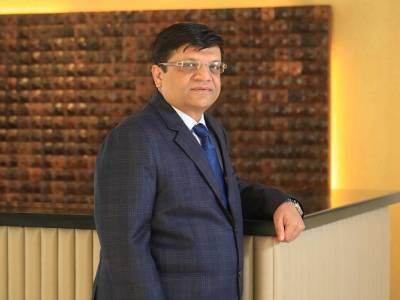
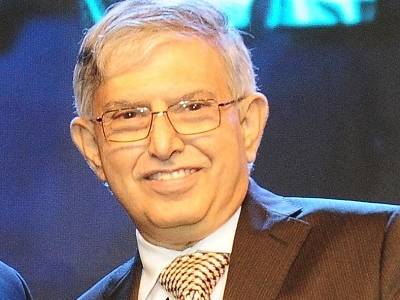
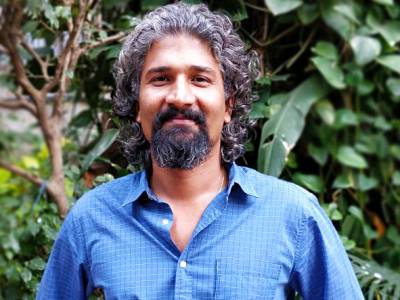

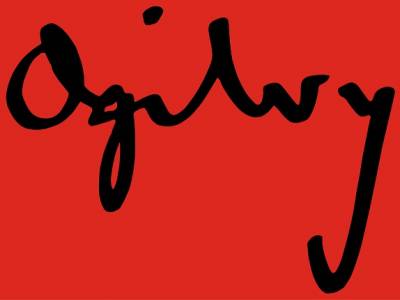
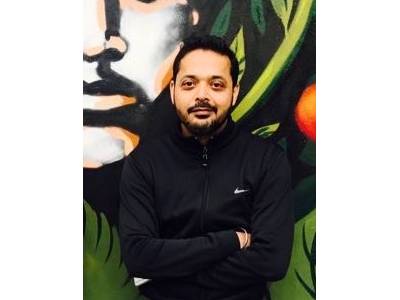

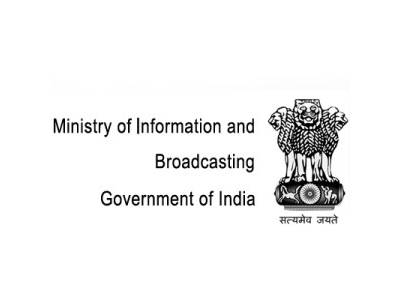
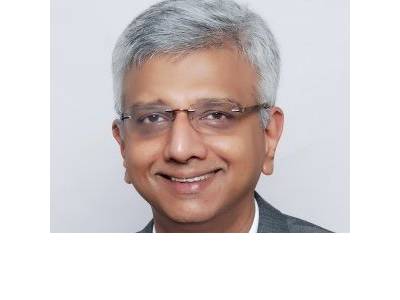


Share
Facebook
YouTube
Tweet
Twitter
LinkedIn